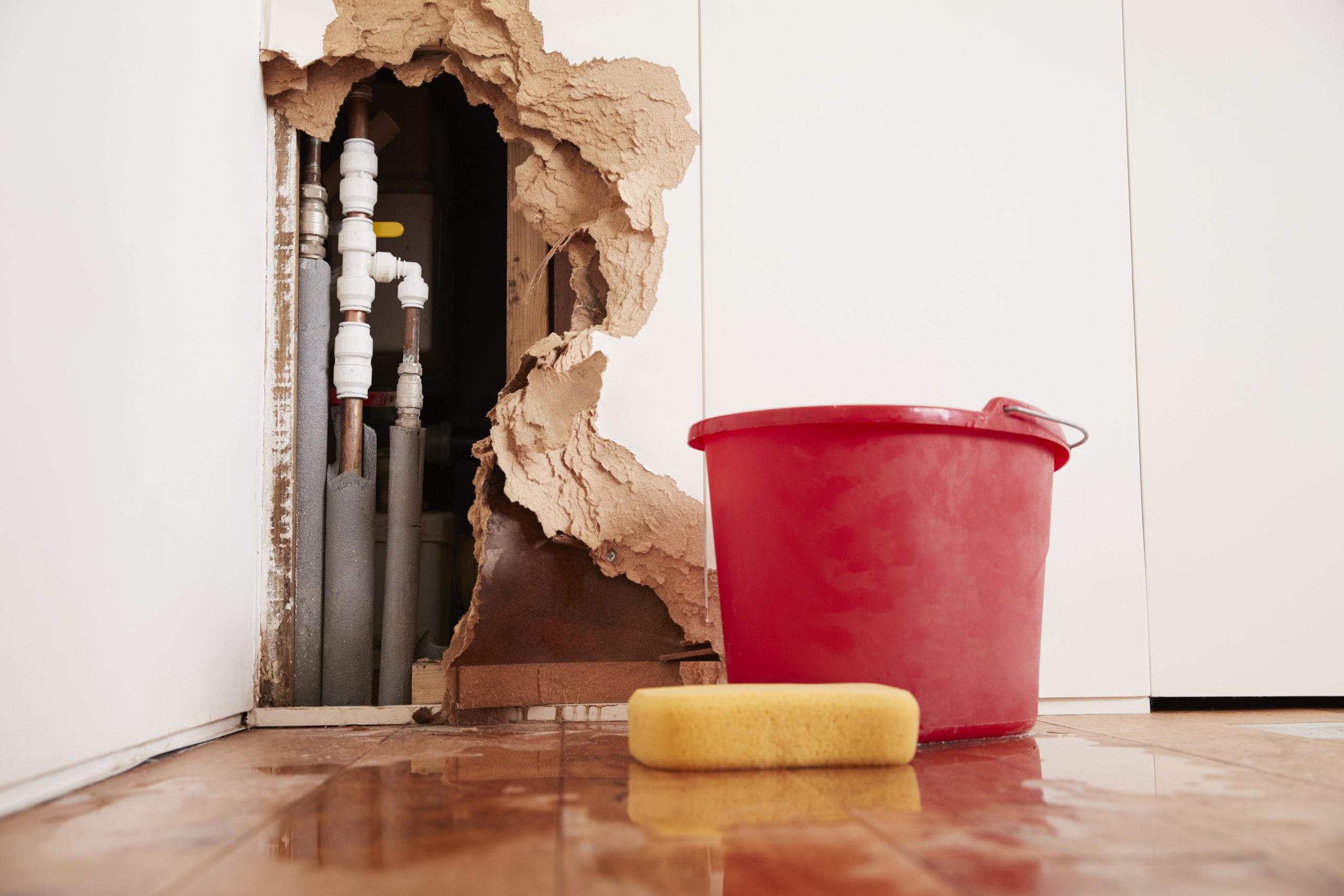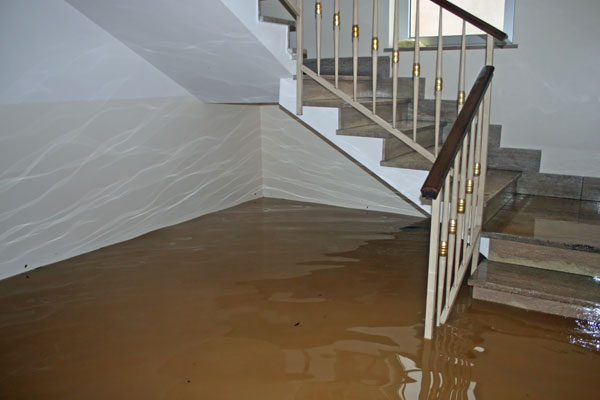Professional Mold Remediation Philadelphia: Transformative Solutions for Your Room
Professional Mold Remediation Philadelphia: Transformative Solutions for Your Room
Blog Article
Emergency Situation Water Damage Restoration: Swift Response to Reduce More Damages
Water damages can strike unexpectedly and leave destructive results on companies and homes. When confronted with such a scenario, a quick response is critical to decrease more damages and stop possible wellness threats. What exactly does emergency situation water damage reconstruction involve? In this conversation, we will certainly look into the significance of instant action, the analysis process, the actions associated with water extraction and drying, mold and mildew prevention and removal, and ultimately, the restoration of the damaged area. By recognizing the necessity and extensive nature of this procedure, you will obtain useful insights into exactly how professionals take on emergency situation water damage, making certain a swift and reliable response.
Importance of Swift Reaction
Swift action is of utmost value in water damages repair to lessen further damages and mitigate prospective risks. When water damages takes place, whether because of a ruptured pipe, a natural calamity, or any other unexpected event, time is essential. The longer water beings in a structure, the more damage it can trigger. This is why it is critical to act quickly and effectively to get rid of the water and begin the restoration process.
One of the major factors speedy reaction is important in water damages remediation is to protect against the growth of mold and mildew. Mold and mildew not only causes further damages to the structure of the building yet also postures wellness risks to owners.
Water damages can be ravaging, especially when it impacts personal items of emotional or financial worth. Acting promptly allows specialists to assess the damage and apply suitable restoration techniques to salvage as much as possible.
Evaluating the Degree of Damage

Throughout the analysis, remediation professionals thoroughly check out the damaged area to identify noticeable indicators of damage, such as water stains, deformed products, and mold development. They likewise utilize specialized tools to find covert damage, such as dampness meters and thermal imaging video cameras. This extensive analysis enables them to accurately establish the degree of the damage and create a tailored remediation strategy.
Examining the extent of water damages is important because it assists professionals prioritize their initiatives. They can determine areas that call for instant attention, such as standing water elimination and drying, to prevent more damages and minimize the risk of mold and mildew growth. They can also establish the locations that require repairs or substitute, guaranteeing that no damages goes undetected or neglected.
Water Removal and Drying Out Process
The water removal and drying procedure is a crucial action in water damage reconstruction, as it includes the elimination of excess water and the detailed drying of the damaged area to avoid additional damages and reduce the threat of mold development. After evaluating the level of the water damage, the next action is to extract the water from the damaged area. This is normally done using specific tools such as pumps, dehumidifiers, and vacuum cleaners. These tools are created to successfully and efficiently get rid of water from various surfaces, consisting of floorings, walls, and rugs.
When the excess water has been drawn out, the drying out procedure starts. This action is necessary in preventing secondary damage, such as architectural damages and the development of mold and mildew and mold. High-powered followers and dehumidifiers are utilized to flow air and get rid of dampness from the air and surface areas. The drying out procedure might take a number of days, depending upon the degree of the water damage and the materials involved.
It is necessary to guarantee that the afflicted location is totally dry before proceeding with any type of fixings or restoration. Failing to thoroughly dry the area can cause long-lasting problems, consisting of weakened structures, moldy smells, and the development of mold and mildew and mold. As a result, professional water damages reconstruction firms use wetness discovery tools to ensure that the afflicted area is completely dry before continuing to the following action.
Mold Avoidance and Remediation
Efficient mold prevention and removal are important in water damage repair to ensure the security and integrity of the afflicted location. leak detection philadelphia. When water damage happens, whether from a ruptured pipe, flooding, or a leaking roof covering, it creates an excellent atmosphere for mold and mildew growth. Mold can begin to create within 24 to two days after water damages, and if left without treatment, it can spread out rapidly and trigger significant health dangers
To protect against mold development, it is important to resolve water damage quickly. The very first action is to repair the source and determine of the water invasion. As soon as the resource is dealt with, the affected area ought to be completely dried out to stop dampness from lingering. This may involve using dehumidifiers, air moving companies, and various other specific tools to get rid of excess moisture from the air and surfaces.
In situations where mold growth has currently taken place, removal is required to remove the mold and prevent its return. This includes the cautious removal and disposal of affected materials, such as drywall or carpet, to guarantee that all traces of web link mold are eradicated. It is important to keep in mind that mold and mildew removal ought to be accomplished by specialists who have the essential training and devices to safely get rid of and handle mold and mildew.
Restoring the Affected Location

Firstly, it is vital to thoroughly dry out the location to stop any additional damage and to prevent the development of mold and mildew and mold. This may include making use of specialized drying tools, such as dehumidifiers and industrial-grade followers, to remove all wetness from the damaged surfaces.
As soon as the location is completely dry, the repair procedure can begin. This might entail fixing or replacing harmed architectural components, such as drywall, flooring, or ceiling ceramic tiles. It is very important to deal with any site link type of underlying concerns that may have caused the water damages, such as dripping pipes or defective pipes, to avoid future occurrences.
Furthermore, restoring the damaged area may additionally include painting wall surfaces, replacing harmed fixtures, and extensively cleansing and sanitizing the room. This makes sure that not only is the location structurally sound, yet it is likewise aesthetically pleasing and risk-free for tenancy.
Conclusion
In verdict, quick feedback is vital in reducing more damage brought on by water emergencies. Analyzing the degree of damages enables reliable water extraction and drying out procedures to be executed. In addition, mold avoidance and remediation are vital in restoring the afflicted location. Overall, prompt activity and extensive restoration steps are vital to reducing the unfavorable impacts of water damage.
Swift reaction is of utmost value in water damages remediation to lessen more damages and mitigate potential dangers.Throughout the analysis, reconstruction professionals completely take a look at the damaged location to identify visible signs of damage, such as water spots, distorted products, and mold and mildew development.The water removal and drying procedure is a crucial action in water damages repair, as it involves the elimination of excess water and the detailed drying out of the afflicted area to protect against further damages and reduce the threat of mold and mildew development. After assessing the level of the water damage, the following step is to draw out the water look at more info from the damaged location.Efficient mold prevention and removal are critical in water damages restoration to guarantee the safety and security and stability of the damaged location.
Report this page